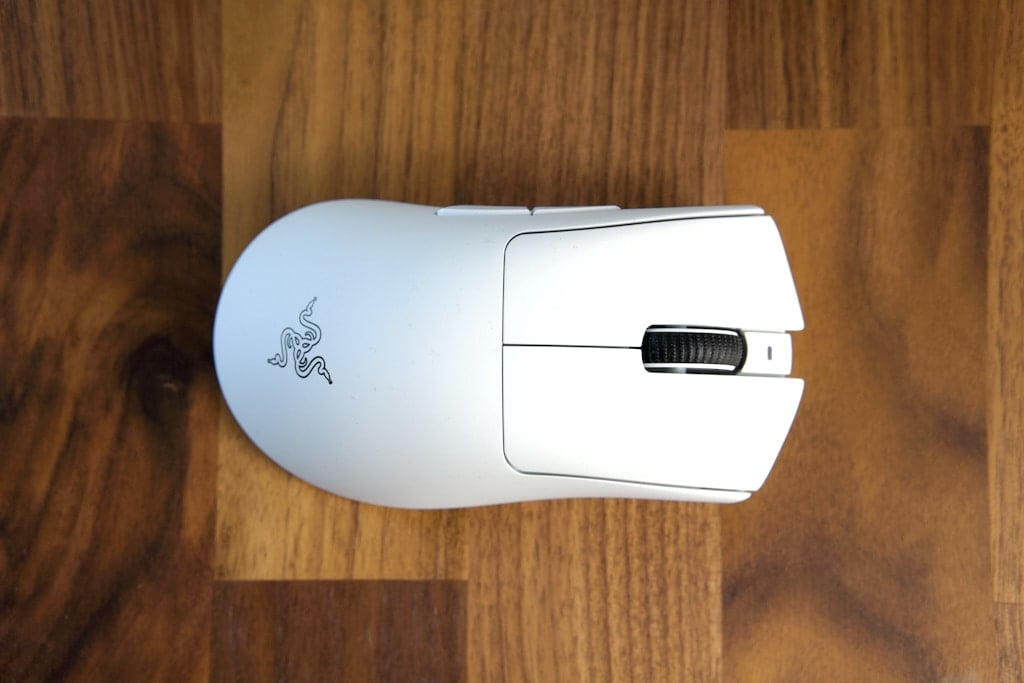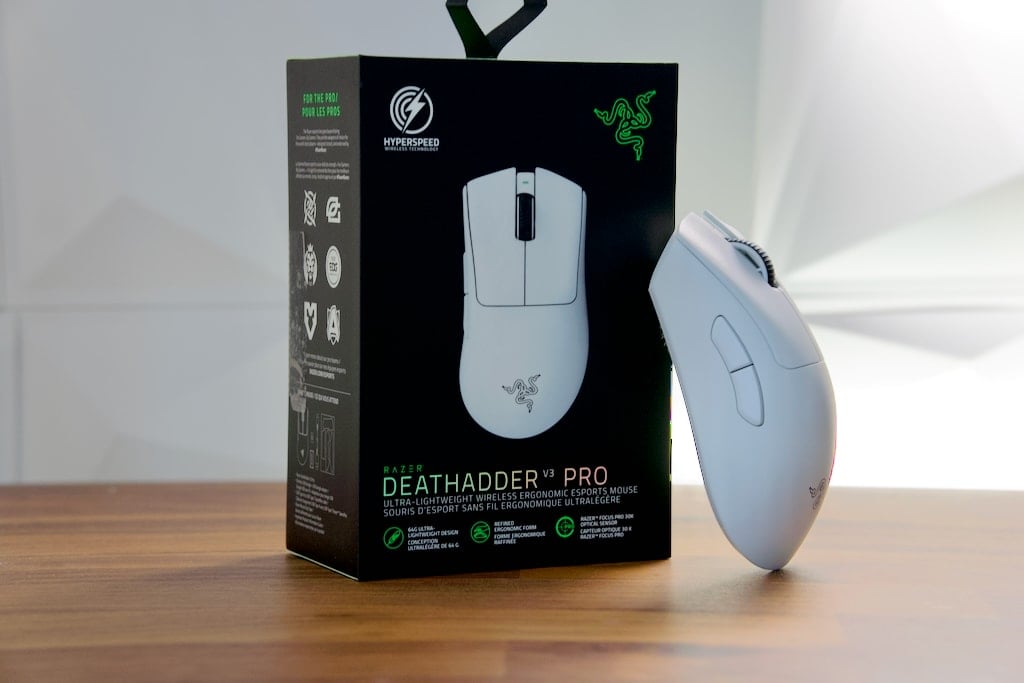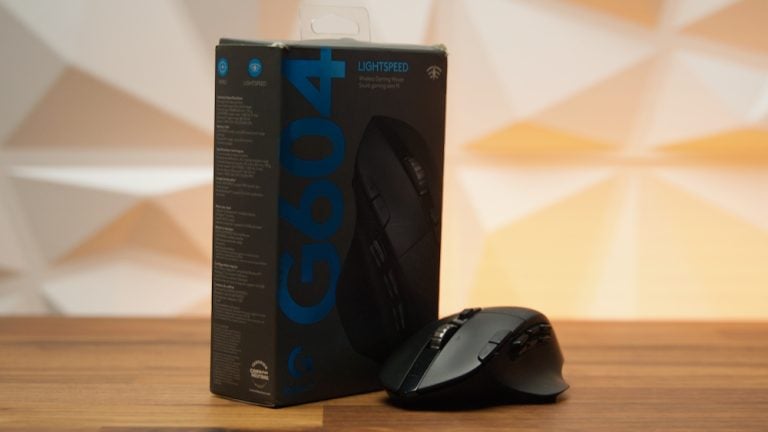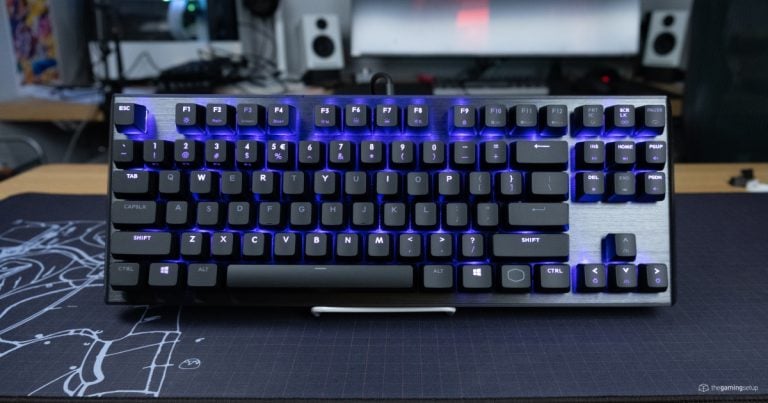The DeathAdder V3 Pro is Razer’s newest addition to the lineup of DeathAdder mice.
The V3 offers many great additions and changes that makes it one of the best ergonomic mice on the market today.
With improvements to weight, shape, wireless performance, and battery life, the DeathAdder V3 can be considered as one of the best ergonomic mice to exist beating out many such as the Logitech G703, Glorious Model D, BenQ EC series, and previous ergonomic mice from Razer.
Is it worth the $149.99 price point?
Verdict
This is the best of Razer’s DeathAdder lineup. The V3 is ultra lightweight with significantly updated technology. At $149.99, we should expect great things from a mouse coming in at this price point. Razer delivered on all ends with this mouse and I can confidently say that it is the best ergonomic mouse on the market today.
The only concern I have with this mouse is its size. The DeathAdder line is known to be on the larger side and doesn’t fit everyone. If Razer were to make a DeathAdder V3 Pro Mini, I think it would be a hugely impactful mouse.
In comparison to the competition, it hand-down beats out many ergo mice including the Logitech G703, BenQ EC series, and all of Razer’s previous ergo mice. If you’re in the market for an ergo mouse and have large hands or like the G703 or previous DeathAdders, know that this is the best option.
Pros
- Flawless sensor
- Lightweight and crispy feeling main/side buttons
- PTFE mouse feet
- Excellent build quality
- Lightweight design
Cons
- Made for larger hands, can feel bulky
- No more charging dock support
What’s in the Box

Unboxing the DeathAdder V3 Pro was nothing special and pretty much the same as others. Inside the box you will find:
- USB receiver extender
- USB dongle
- USB-C to A cable
- Mouse grips
- Documentation
- Razer stickers
Shape

The shape of the DeathAdder V3 has changed quite a bit from the classic shape.
The V3 has less curved sides towards the top and the bottom of the mouse, making it feel less wide and clunky in your hand.

There is still a prominent bump on the mouse but the V3’s bump has moved slightly back to fill out the hand more. When looking at the front of the mouse, the main buttons on the V3 are closer to the surface and still provide grooves for comfortability.
The new shape of the DeathAdder V3 can be closely compared with the BenQ EC1, EC2, and the Glorious Model D. If you enjoy any of these mice, odds are likely that you will have a great time with the V3 as well.
In terms of grip styles, the V3 is best for both palm and claw grippers. It fills out the hand nicely and feels comfortable if you have mid to large sized hands.
For fingertip grippers, this will feel uncomfortable from the slant of the V3. If you use fingertip, the Viper V2 Pro would be a better option.
The changes are excellent if you’re an ergonomic mouse fan, retaining the spirit of the DA shape but streamlining to fit modern standards, and more hands.
Design

Coming in at a weight of 64g, the V3 is one of the lightest wireless ergonomic mice and even competitive with other lightweight mice as well, with no holes.
Being a few grams heavier than the Viper Ultimate V2 and G Pro X Superlight, it’s impressive that Razer drastically decreased the weight on the newly improved V3.
In comparison to the previous DeathAdder, the V2 Pro, weighing in at 88g, the V3 is a staggering 24g lighter. This makes a huge difference in how the V3 feels when swiping across your mousepad.
To cut off some of the weight, Razer decided to remove the RGB logo and use a smaller battery rated at 90 hours instead of 120 hours. This should not be an issue since 90 hours is still plenty and is greater than most wireless mice out there.
At the front tip of the mouse there is a small LED which is an indicator of DPI switches as well as an on/off display, similar to the Viper V2 Pro.
The DeathAdder V3 comes in a textured plastic shell in either black or white. It is not a completely smooth feeling and has some grit to it.
If it still doesn’t feel secured enough in your hand, Razer has provided rubberized side and main mouse button grips. For people who don’t like using grips but still struggle holding their mouse, the V3 does a great job in dealing with that because of the rougher exterior. It may feel weird at first but it grows on you.
On the V3, there have been changes in the way it charges. On the old V2 pro model, there was an option to use the charging dock which was pretty convenient.
To reduce weight, Razer has completely removed this on the V3 and has transitioned from micro-USB to USB-C charging. Most small USB-C cables should be able to fit into the recess of the mouse.

If you travel a lot, the V3 may be a bit disappointing since Razer has removed the USB dongle compartment. Quick tip, just leave the dongle inside receiver and losing your dongle shouldn’t be an issue.
It seems Razer is trying to cut as much weight as possible on new mice since the exact changes were made on the Viper V2 Pro as well.
The underside of the mouse has also changed. Instead of having a dedicated button for power and DPI switches, the V3 now only has a single button for both functions.
To power on/off, you must hold the button down for a couple seconds. For DPI changes, a quick click will do the job.
Build Quality
The build quality of the DeathAdder V3 is great. Given all the weight reductions, the V3 is still a very sturdy mouse and doesn’t have any rattling when you shake it. Both the main and side buttons feel good with little to no side to side movement and have no double clicking issues so far.
There is very slight flex on the sides and underside if pressed hard enough but this would never be an issue during regular use.
Buttons

The main buttons on the V3 feature Razer’s Optical Mouse Switches Gen-3 which are rated for 90 million clicks. These switches feel light to actuate and give solid, crispy feedback.
In comparison to the older V2 Pro which used Gen-2 switches, the implementation and design of the new switches feel better to press.
When looking at pre-travel and post-travel, the V3 showed improvement in both as they are minimal but still noticeable on the main and side buttons.
The placement of the side buttons on the V3 sit back more than the V2’s. They are closer to your thumb area which was a great improvement since the V2’s side buttons were placed more far forward, making them difficult to access.
Mouse Wheel

The mouse wheel is covered in a textured rubber that is grippy and easy to rotate. With the TTC Gold Encoder, the mouse wheel has well defined steps and feels good to use. Scrolling with the wheel sounds louder than other mice especially when done at a faster speed.
The middle mouse click is good. It feels sharp and is easy to actuate. Upon pressing it, there is no wobble from side to side of the mouse wheel and feels very durable.
Wireless Performance

The V3 shows upgrades in the sensor as well. Instead of the Razer Focus+ sensor, the V3 features the Razer Focus Pro 30k Optical Sensor.
It features better tracking on surfaces, DPI ranging between 100-30,000, and better power efficiency. The DA v3 is rated for up to 90 hours battery life and it has delivered on that from my experience.
The Focus Pro comes equipped with asymmetric cut-off; a feature that lets the user individually set the lift-off and landing distance.
There is also smart tracking which helps the sensor maintain consistent lift-off distances regardless of the material used.
Last but not least, the new sensor has Motion Sync which synchronizes polling events and sensor data to create more consistent updates from the mouse to your PC.
Upon testing, the Focus Pro Optical Sensor is flawless. After tests such as pixel tracking, spin outs, and stuttering, there were no issues found. It performs very well.
An interesting add-on you can purchase separately is a 4000Hz dongle by Razer. With the new sensor and tech in Razer’s most recent mice (including the V3), people can now enable a 4000Hz options if the dongle is present.
This will let people compete at the lowest latency possible, but it comes at a large cost to battery life. With the 4000Hz enabled, the estimated battery life is cut to only 24 hours compared to its original 90 hours at 1000Hz.
Mouse Feet

The mouse feet on the V3 are fantastic. They are made with virgin grade PTFE pads and they glide very well. Smooth, rounded edges with no scratchiness on the mousepad. In total, there are 4 individual feet, two at the top of the mouse, one around the sensor, and a large pad near the rear.
Side Grips
Included in the box are rubberized side grips. Personally, I had no trouble gripping this mouse but we still tested the grips out. The grips stick on well to the V3 and do provide a better grip. However, if you are prone to having sweaty gamer hands, it will make the rubber feel slightly slippery and smoother. Overall, decent grips.
Razer Synapse Software
The DeathAdder V3 Pro uses Razer Synapse 3. We have a comprehensive guide on Razer Synapse 3 about how to download and use the software.
Synapse has multiple features including DPI adjustments, polling rate of 125Hz, 500Hz, and 1000Hz, lift off / landing distance, mouse button remapping, and power options.
You can program your asymmetric cut-off
Warranty
Razer gives you a two-year warranty for the DeathAdder V3 Pro. More details can be found on their page regarding warranty coverage.
Tech Specs
Razer DeathAdder V3 Pro
Dimensions (X2)
- Length: 12.8 cm / 5.0 inches
- Width: 6.8 cm / 2.67 inches
- Height: 4.4 cm / 1.74 inches
- Weight: 63 grams
- Shape: Ergonomic
- Buttons: 5 + DPI
Specs
- Sensor: Focus Pro 30K Optical Sensor
- Buttons: Optical Mouse Switches Gen-3
- Polling Rates (Hz): 1000hz, option to 4000Hz with dongle
- DPI: 100-30,000
- Software: Razer Synapse 3
- RGB: None
- Cable: USB-C to USB-A Braided
- Battery Life: 90 hours @ 1000 Hz





